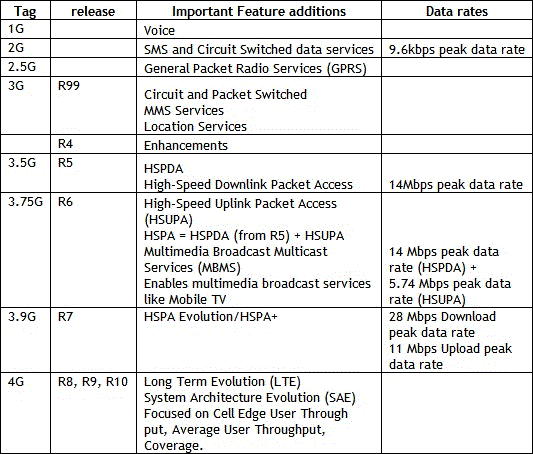The Congo Basin is a critical tropical forest that supplies vital regional and worldwide ecological services. It is one of the largest tropical rainforests in the world, home to thousands of endemic plant and animal species such as lowland gorillas, chimpanzees, bonobos, and forest elephants. More than eighty million people depend on its abundance of timber and other natural resources for their livelihoods. A paradoxical note is that despite the richness of the Congo Basin, the people near it are some of the poorest in Africa. The forest is constantly cleared to make room for agricultural pursuits and to feed urbanized areas’ hunger for lumber. In addition to deforestation and forest degradation, illegal hunting and commercial bushmeat trade are major threats to biodiversity.
The Central African Regional Program for the Environment (CARPE) is a USAID longterm and regional initiative formed in 1995 in association with a consortium of government and NGO partners that concentrates its resources on six principal forested countries in Central Africa: Cameroon, Central African Republic, Democratic Republic of Congo, Equatorial Guinea, Gabon, and the Republic of Congo. Uganda, Rwanda, Chad, Burundi, Rwanda and Sao Tome Principe are also involved in the initiative. CARPE is intended to be a 20-year process, resulting in complete local guidance. A major objective of CARPE is to protect forest resources by reducing degradation and protecting biodiversity. Modern tools such as Landsat satellite-derived maps, remote sensing, GIS, and geospatial databases are used for planning and monitoring of the forest. With this information, threatened species are under the protection of local communities and logging is controlled.
Prior to the development of CARPE, vast areas of the Congo Basin were unknown. Since then, a number of initiatives and activities have taken place, resulting in an overall evaluation in 2011. In this evaluation, CARPE was deemed extremely successful for introducing large-scale ecosystem management approaches. Tens of thousands of individuals have been trained in a variety of conservation methods and techniques. With empowerment through such training and motivation that educates and organizes local groups to play an active role in forest and biodiversity conservation programs, civil society is being strengthened. This is seen as critical, circumventing the often inefficiently administered and economically weak centralized governments. The tools practiced allow for an understaffed patrol to communicate with a wider audience, limiting the “weak state management of these resources (that) creates a vacuum where local populations are often stripped of benefits as stronger or elite groups including private companies expropriate natural resources at sub-national and local levels.”Where will CARPE head in the coming years? The implementation of land use management plans for micro- and macro- zones, strengthening of government capacity and transparency are key.







































